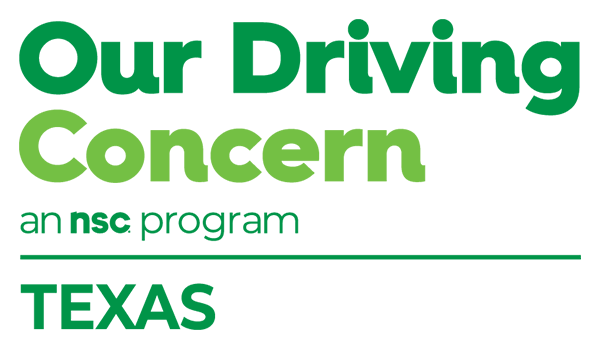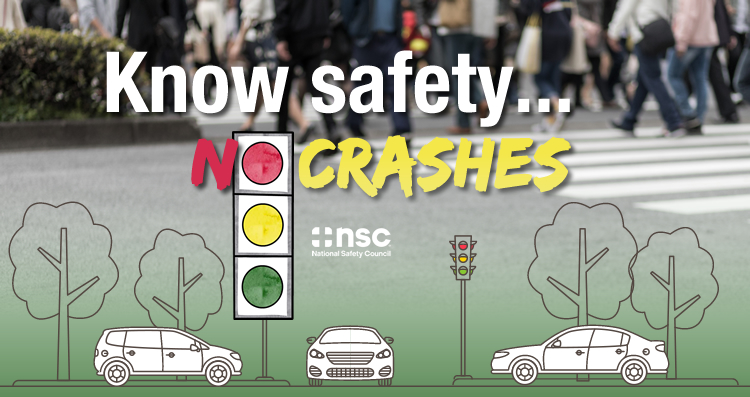
When we fall back one hour on Sunday, Nov. 6, let’s also leap forward to keep each other safe at work and behind the wheel.
The end of daylight saving time is the beginning of a period of increased darkness during morning and evening commutes. Visibility is reduced, depth perception and peripheral vision is compromised, and the glare of headlights from oncoming vehicles can temporarily blind you.
In addition, you could feel tired or sluggish because you’re not used to this change. Your circadian rhythm – or body clock – needs time to reset, according to ScienceDirect. Tired workers and tired drivers pose safety threats.
Risks soar for pedestrians and other vulnerable road users at the end of daylight saving time, too. In fact, scientists at Carnegie Mellon University found pedestrian fatality rates climb more than 30% for people walking between 6-7 a.m. in the days following the time change. The logical conclusion: Drivers were feeling fatigued and not as sharp as normal and, because it was still dark, walkers were more difficult to see. Crash incidents spiked.
Of course, there is no logic in letting your guard down.
Research from the National Safety Council and National Library of Medicine shows about 13% of work injuries are attributable to sleep problems. Take time now as we fall back to standard time to focus on fatigue and sleep health. Adults need between seven and nine hours of sleep to reach peak performance levels, according to the National Sleep Foundation.
But research shows the number of working Americans hitting that seven-hour sleep mark is dwindling, particularly for those in police, healthcare and trucking fields, according to a study from professors at Ball State University and the University of Toledo. Employers can optimize schedules, provide sleep health education – including information on how to develop sleep routines – and offer testing for sleep disorders like sleep apnea.
Explain the difference between fatigue (lack of energy and motivation) and drowsiness (feeling the need to sleep). Conduct an anonymous poll at your location: Ask how many of your workers have nodded off on the job or behind the wheel. Discuss your findings.
- Download, print and display this poster: Not Your Dream Car
- Watch and share this new fatigue safety video, available in English and Spanish
- Get the Fatigue at Work Employer Toolkit
In Texas last year, there were 8,848 crashes involving fatigued or asleep drivers, according to the Texas Department of Transportation, including 139 fatal crashes and 525 serious injury crashes. Three factors often are associated with drowsy-driving crashes, according to the National Highway Traffic Safety Administration:
- Time: Most incidents occur between midnight at 6 a.m., or late in the afternoon when many of your employees are driving home, tired from a long day
- Driving alone: If a single driver runs off the road at high speed with no evidence of braking, that’s a sign that they fell asleep; sharing the drive can help prevent this
- Location: Most drowsy-driving crashes occur on rural roads or highways
Provide these coaching tips: Check over-the-counter and prescription medications for side effects that could cause drowsiness, and avoid driving when your body is craving sleep (late at night or early in the morning).
This is also a good time to remind your employees to check their vehicles for recall notices. Safer cars make for safer roads. Visit Check to Protect to search by vehicle license plate or VIN.
Just checking the box for safety is not enough. By taking these extra steps, you will influence more people to do the right things to keep us all safer on the road.
– Katie Mueller is a senior program manager with the National Safety Council


